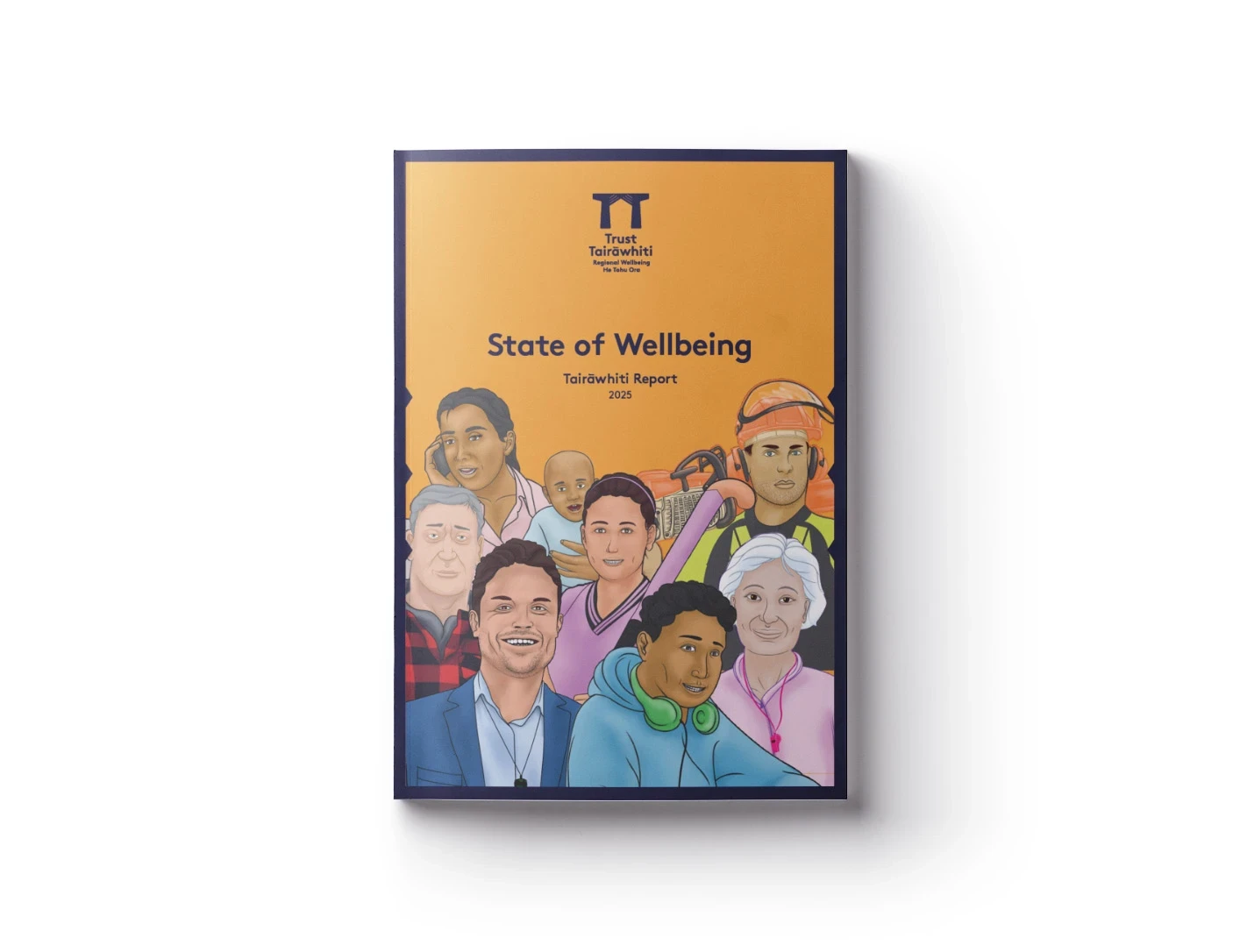A State of Wellbeing report released by Trust Tairāwhiti draws on Tairāwhiti Wellbeing Survey (TWS) data from 2022 to 2024 to provide the first clear picture of how local wellbeing compares over time.
The TWS is led by the Trust each year to measure and track regional wellbeing. Results are measured against six muka (wellbeing outcomes) in the Trust’s wellbeing Framework, He Rangitapu He Tohu Ora. These muka are hapori (communities), tūhono (relationships), tūtangata (cultural identity), taiao (environment), ōhanga (economy) and mātauranga (knowledge).
“The Tairāwhiti Wellbeing Survey data shows that the region’s strongest areas of wellbeing capital are in our communities, relationships and cultural identity,” says the Trust’s Chief Executive, Doug Jones.
“These muka tend to have a higher proportion of people with good outcomes when compared to national averages and have strengthened over time or stayed firm, despite the challenges post-COVID and Cyclone Gabrielle.
“The environment, economy and access to knowledge are the most concerning areas for residents in Tairāwhiti regarding their wellbeing. These areas either fall behind the national average or remain relatively low.
“Trust Tairāwhiti conducted a multiple disadvantage analysis, examining how each area of wellbeing influences overall life satisfaction and whānau wellbeing.
“While community and relationships had the biggest overall impact, improvements in economic outcomes were important for whānau wellbeing, which is especially important in a region with one of the youngest populations in the country.”
Some insights from the report highlight:
- Tairāwhiti residents report higher life satisfaction and sense of control in their lives when compared to the national average.
- Whānau wellbeing and self-rated health remain steady.
- Despite low incomes, more people in Tairāwhiti say they have enough to get by, likely reflecting higher levels of mahinga kai, home production and whānau or community support.
- NCEA Level 2 achievement in Tairāwhiti is below the national average, highlighting education gaps.
- Only one in four residents believes the environment will improve in the future.
- Te Reo Māori knowledge is strong in Tairāwhiti, with over half of residents able to kōrero more than a few words, well above the national average.
- People's sense of belonging remains high in Tairāwhiti, when compared to the national average.
- Social connections are strengthening, with residents reporting less loneliness and stronger networks than nationally.
The fourth annual Tairāwhiti Wellbeing Survey opens on 17 October 2025. Tairāwhiti locals can take the survey online at tairāwhitidata.nz, or in person at this year’s Poverty Bay A&P Show in the Trust's marquee.

